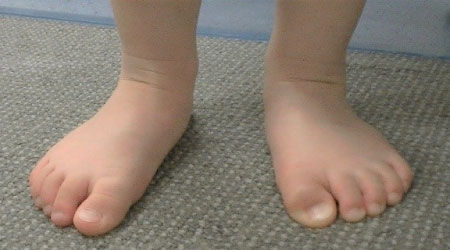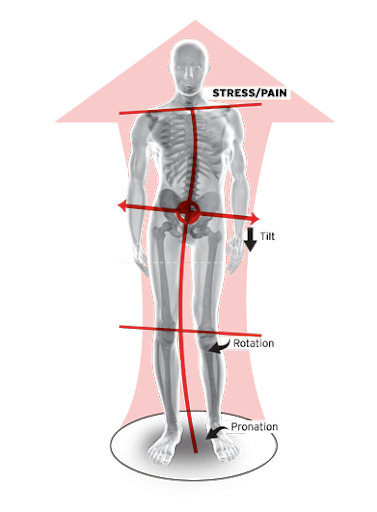Flat Feet / Fallen Arches
- Edel Kieran

- Nov 2, 2020
- 4 min read
Flat feet (also called pes planus or fallen arches) is a postural deformity in which the arches of the foot collapse, with the entire sole of the foot coming into complete or near-complete contact with the ground.

A human foot has 33 joints, which hold 26 different bones together. It also has over 100 muscles, tendons, and ligaments.
The arches provide a spring to the step and help to distribute body weight across the feet and legs. Tendons -- tight bands that attach at the heel and bones of the foot -- form the arch. Several tendons in your foot and lower leg work together to form the arches in your foot. The structure of the arches determines how a person walks. The arches need to be both sturdy and flexible to adapt to stress and a variety of surfaces

When someone with flat feet stands, their inner foot or arch flattens, and the foot may roll over to the inner side (known as over-pronation).
Flat feet can affect the alignment of the body when a person is standing, walking, or running. As a result, they can increase the likelihood of pain developing in the hips, knees, and ankles
A flat foot is normal in infants and toddlers, because the foot's arch hasn't yet developed. Most people's arches develop throughout childhood, but some people never develop arches. This is a normal variation in foot type, and people without arches may or may not have problems.

If you do not have enough strength in your foot, ankle or hips, the arches may fall because the muscles supporting them are no longer able to maintain an arch. A previous injury can also cause your body to adapt and develop flat feet, the spring ligament within the foot may have lost some of its tension allowing the arch of the foot to flatten.
If you notice that you have flat feet, what should you do about it?
Some people with flat feet never have any trouble or pain. Some people may feel that their weight is distributed unevenly. You may notice that the heels of your shoes wear out quickly and unevenly.
Others may suffer from aching feet or feel that there is too much pressure on the inner side of their foot, particularly after a full day of being on your feet.
Other symptoms, specifically in the foot and ankle may include, stiffness or numbness in the feet or ankles, feet that tire quickly and / or swelling on the inner foot (where the arch should be).

Pain caused by fallen arches is not just limited to the foot, the excess rotation and incorrect alignment of the body caused by the foot can cause pain in the calves, knees, hips and back.
Injuries such as shin splints, achilles tendonitis and ITB syndrome are often linked back to a flat foot.
Two simple tests to check the integrity of your arches are:
1. Look at the wear pattern on your shoes.
2. Dip your feet into water and stand onto a dry surface, check the pattern that is left from your heel to your toes, if there is no dry patch, you may have fallen arches.

If you are concerned or you have consistent pain you feel may be related to your flat feet, you should contact an athletic therapist, physical therapist or physio near you to get a professional opinion.
From there, they will make a plan to help.
So, what does that plan normally entail?
Every therapist will differ in their approach to flat feet, and treatment will depend on each person’s presenting issues.
Often, orthotics or insoles are the first thing recommended for somebody with flat feet. It is important to remember that a little pronation is normal and actually very important for natural movement of the foot in walking and running. Sometimes, an insole can block this natural movement and actually allow the small muscles of the foot to “opt out” of doing what they are there to do. So, 9 times out of 10, I don’t advise an insole right away.
So, what do I do?
Normally, in my practice, my first port of call is to get the foot moving properly. Remember, we mentioned that there are 33 joints in the foot? Well each of those have a role to play in keeping the foot moving smoothly. You need to have control of those joints if you want to control your arch!
Next, I make sure your ankle is strong enough to keep your body upright, every time you take a step, you only have one foot on the ground so you should be able to comfortably balance yourself on any and all surfaces.
Lastly, I look up the chain. Are your hips moving correctly? Are they strong enough? Can you flex and extend your spine comfortably? All of these things have a part to play and should be addressed.

Now, if after a few weeks or months, you have no reduction in pain, I will look to an insole as a temporary option to allow you to get pain free and to continue building strength and movement with an end goal of taking the insole out again.
If you have any questions, or are concerned about your feet, you know where to get me!
Thanks for reading,
Edel x




Comments